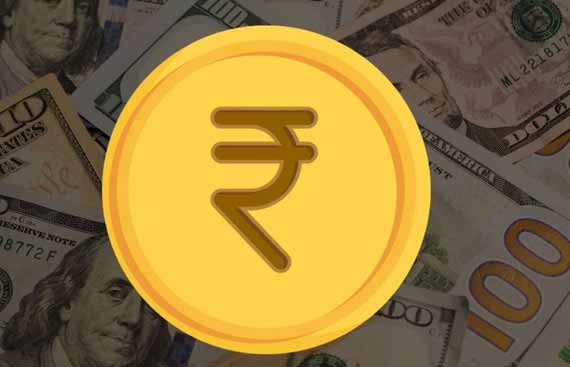Indias Removal From the US Currency Monitoring List

India is all set to strengthen its currency values and expand the exchange rates, thanks to its removal from the US Currency Monitoring List.
On her visit to New Delhi, Janet Yellen, the 78th US Secretary of Treasury, held a brief meeting with the Indian Finance Minister Nirmala Sitharaman, conveying president Biden’s vision on the diplomatic relationship between the two democratic nations. On account of the visit, being her first tour to India, she reiterated India as an indispensable key partner in collaborating with the US.
Meanwhile, India has been removed from the US Currency Monitoring List following its consistent monitoring for the past two years. As these nations met only one among the three criteria in the enumeration, the United Nations has likely excluded them from the monitoring list. Mrs. Yellen, while attending the US-India Business and Investment Opportunities in Delhi, stated that the US is extending its support to India’s presidency in G20 on an enhanced scale in achieving the shared global priorities.
Removal from the Currency Monitoring List has various positive impacts on India, with the Reserve Bank of India (RBI) strengthening its measures for the effective management of exchange rates while eliminating the risks of being tagged as a currency manipulator. The measure can be referred to as a plausible outcome, with regards to the market's standpoint, signifying the augmented role of India with that of global growth.
The RBI is making extensive approaches like buying dollars during increased inflows and selling them during outflows relatively for efficient management of exchange rates. This measure helps India to avoid the risks of being designated as a currency manipulator.
The Currency Monitoring List generally monitors the currency practices and policies of the major US trade partners, and the nations, when involved in unfair currency policies for trade advantages, are tagged as currency manipulators. When a country comes under the List, it often emphasizes its behavior of artificially lowering the currency value, favoring an unfair advantage with other areas like reducing the export costs from the nation critically.
The US Department of Treasury has released a report on Macroeconomic and Foreign Exchange Policies of the Major Trading Partners reviewing the notions for the last four quarters, lasting up to June 2022.
Typically, a country’s economy that satisfies two of three criteria with the Trade Facilitation and Trade Enforcement Act of 2015 is often placed on the Watch List with a keen observation on its transformation as a currency manipulator. The economy, then, is monitored for two consecutive reports to ensure performance improvements while analyzing the criteria to be durable or per the temporary factors.
A significant trade surplus with the US is likely a goods and services trade surplus with a minimal value of 15 billion USD. Wherein a material current account surplus is termed with the least of three percent of the GDP (Gross Domestic Product), or sometimes a surplus with Treasury’s estimation of material current account gap via Treasury’s Global Exchange Rate Assessment Framework (GERAF).
Similarly, another criterion that fits in is persistent, one-sided intervention, occurring with the continuous net purchases of foreign currency, at least nearly eight of twelve months, totaling at least two percent of an economy’s GDP over 12 months. With India and the other three nations exiting the Monitoring List successfully, China, Japan, Korea, Germany, Malaysia, Singapore, and Taiwan are yet to fill in the places in the List.
